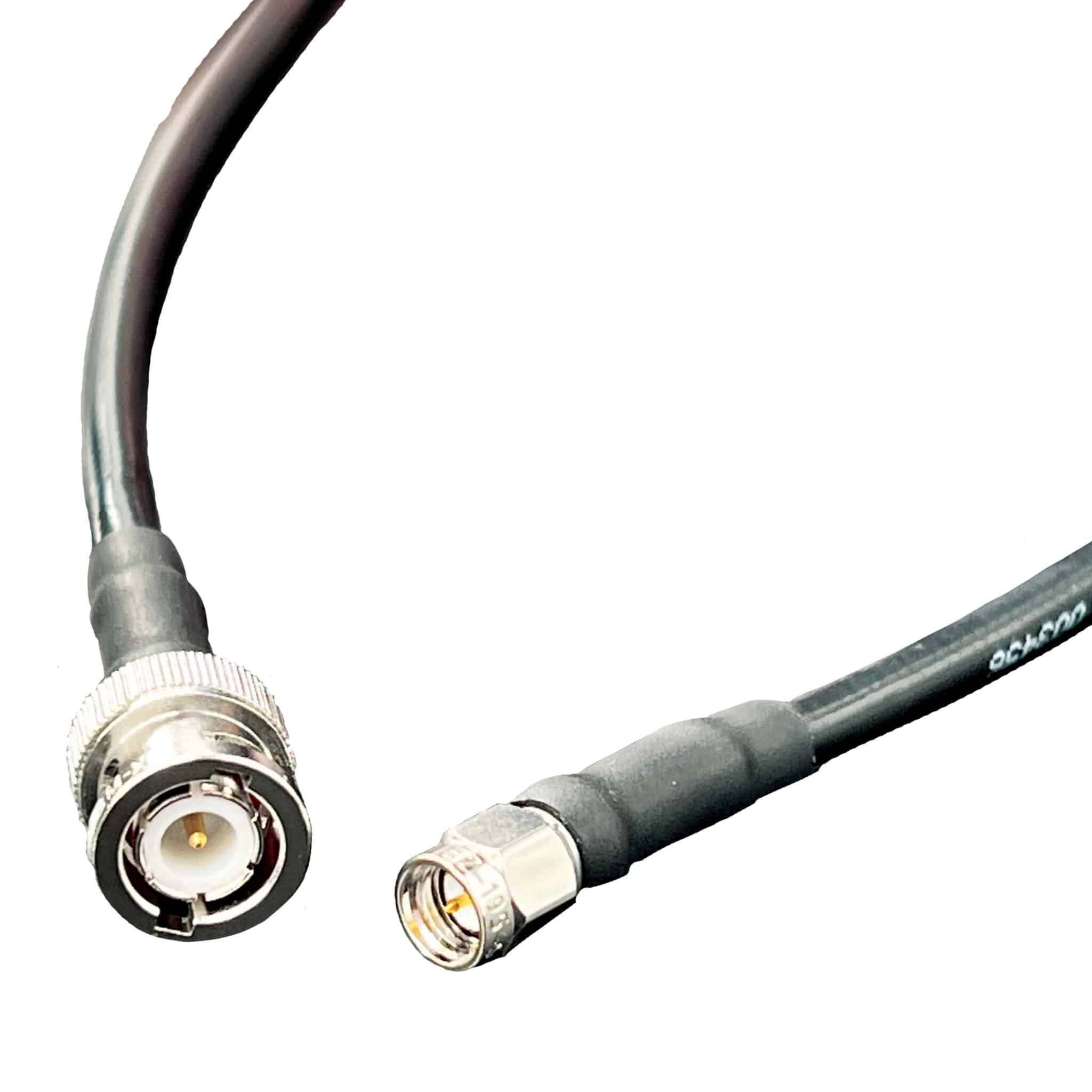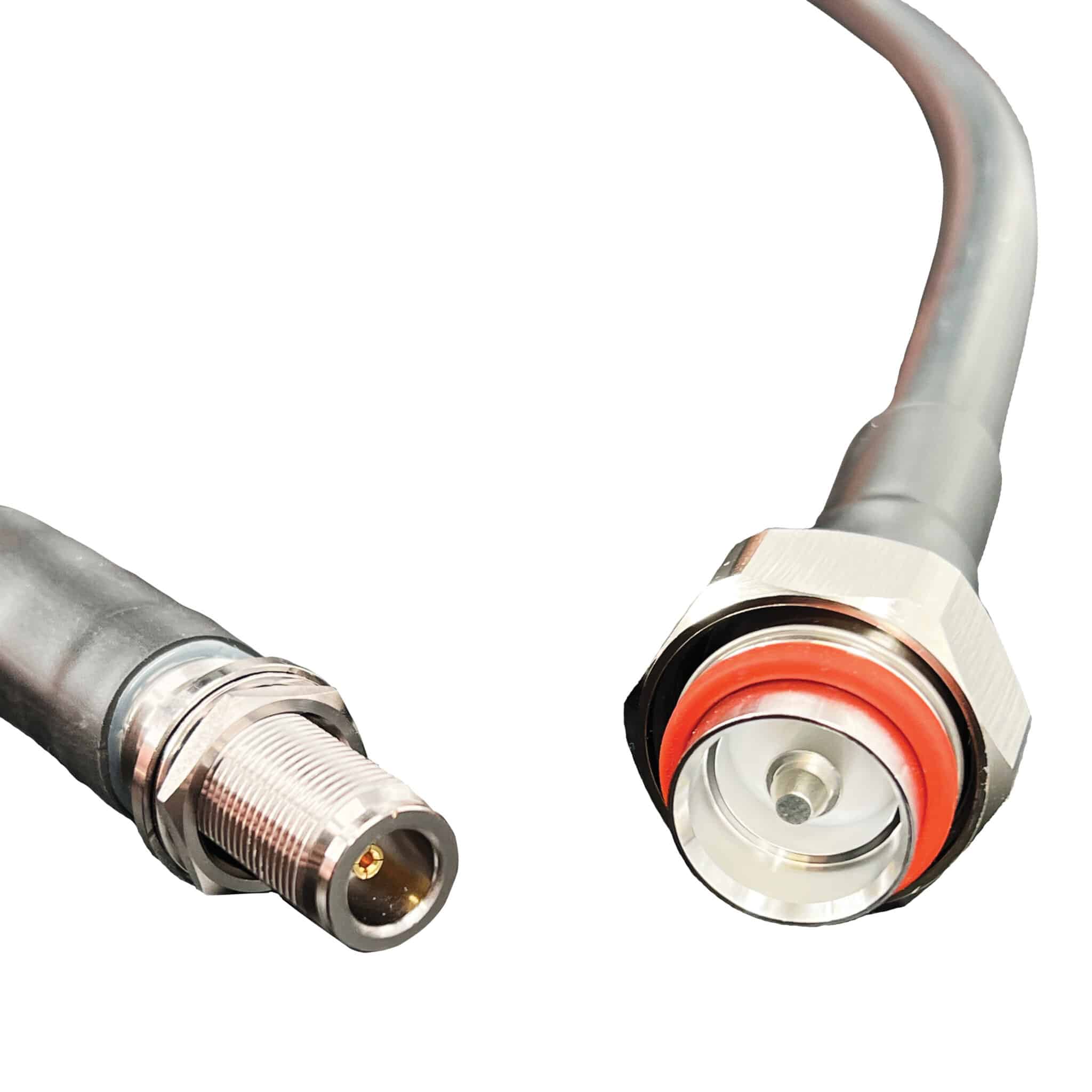RF Interconnect Solutions for Shipboard Applications
Radio frequency (RF) systems are used to support vital shipboard functions such as communications, radar, intelligence, surveillance, and reconnaissance (ISR) systems, anti-missile defense and electronic warfare systems. These systems must be extremely reliable and continually offer high performance—in especially demanding and variable environments—alongside all the other technologies running simultaneously on a ship. Like our products designed for military and civilian aircraft, Times Microwave’s shipboard coaxial cable assemblies feature predominantly in submarines, navy vessels, ocean drilling rigs, and cruise ships, and many are designed to meet stringent MIL-DTL-17 standards.
Each of these uses has a unique set of requirements, driving implementation of custom solutions that address application-specific challenges. As shipboard systems often operate under severe environmental conditions, two of the most important considerations in choosing optimal RF interconnect solutions include the use of low-smoke, zero-halogen cable assemblies and the use of assemblies optimized for high phase stability over temperature.
Low Smoke, Zero Halogen Cables
Low smoke, zero halogen coaxial cables are one of the critical parameters for many shipboard applications due to the dangers of a shipboard fire. In confined spaces, fire quickly fills an area with smoke, which can drastically impede safe evacuation. Added dangers include toxic gases and a lack of replacement air, especially on a submarine.
If a fire occurs in this type of confined space, it is crucial that the cables on board do not give off toxic or optically dense gases. The more cabling required in a confined space, the more important it is to use low smoke, zero halogen cables for passenger safety. This is especially true in areas where large amounts of cables are installed within proximity to humans or sensitive electronic equipment, such as on submarines and naval warships.
When burned, a low-smoke cable (also known as limited-smoke cable) emits a less optically dense smoke that releases at a lower rate, which makes exiting a space easier for occupants as well as increases the safety of firefighting operations. Halogens like chlorine, fluorine and bromine are often used as effective fire retardants in cables, enabling a cable to pass an industry flame test. However, halogens give off toxic gases when burning, so zero halogen cables are another important specification for shipboard systems.
Aquatic environments place unique stresses on cable solutions, and products like our low-smoke zero halogen cables and water blocked low-smoke triaxial cables are just two examples of how our shipboard products meet the needs of users stationed on marine vessels.
Environmental Challenges and Phase Stability
Phase is a key parameter for detection and measurement in many shipboard RF systems such as radar, anti-missile defense, electronic warfare, and many other systems that rely on continuous transmission and reception of RF signals with high accuracy and consistent speeds. There are two primary elements that can affect a coaxial cable assembly’s phase tracking characteristic: electrical length and temperature. For example, phased array radars, which are multi-elements, rely on coaxial cables having the exact same electrical lengths between the transmitter-receiver and antenna. This poses challenges on how to match the cables.
After that initial matching, the coaxial cables must also stay matched over varying temperatures. Shipboard systems are exposed to extreme and highly variable conditions, such as heat or cold and corrosive salt spray. RF signals must travel through the coaxial cables at consistent speeds regardless of these environmental factors.
However, as temperatures change, coaxial cables do not precisely track together; the phase match degrades just slightly. That small amount of degradation can adversely affect system performance. Therefore, phase stability is another key challenge for selecting the right coaxial cables and connector solutions for shipboard applications. (Read more on phase stability here)
Shipboard environments mandate a variety of additional requirements that coaxial cabling products must adhere to. This creates further challenges in determining the optimal coaxial cables and connectors for shipboard communications including signal-to-noise ratio, low loss, and shielding so that signals from outside cannot interfere.
Critical Cables for Demanding Applications
Many of our shipboard cables meet the standards necessary for MIL-DTL-17, and we hold more QPL’s than any other manufacturer in the world. Products like the MILTECH® family of hermetically sealed flexible RF and microwave transmission line assemblies are optimized and qualified for commercial, military, and other demanding applications, and found on cruisers and destroyers patrolling oceans far and wide. Many shipboard coaxial cables also need to be easily and reliably terminated in the field. To mitigate this issue, we offer a complete line of MIL-DTL-17 qualified cables and connectors that can be assembled using a compact prep tool.
For decades, military and naval communities have turned to Times Microwave Systems® to help solve their toughest mission-critical challenges. With a deep roster of military customers, we build coaxial cable technology to incredibly high standards, always evolving to address the increasingly rigorous demands placed on RF transmission products. Our unparalleled experience ensures every product meets the most stringent regulatory requirements, and our team will design the right product for each application as opposed to trying to fit existing products to complex and ever-changing marine environments. You can count on us for the development of cutting-edge coaxial cable assemblies for shipboard, airborne, and ground based military interconnect systems.














